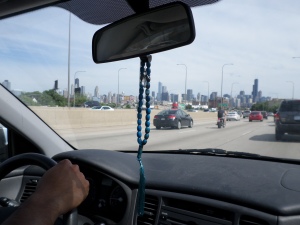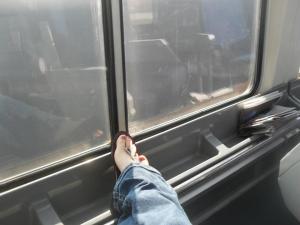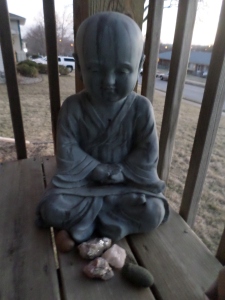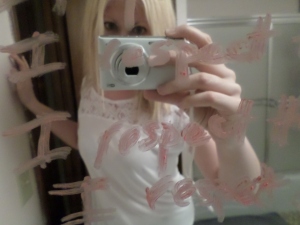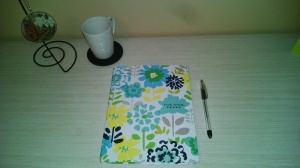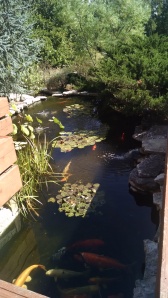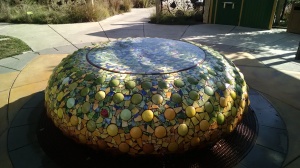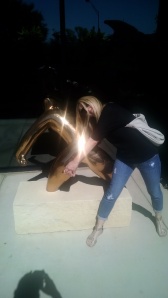
For as much as people speak of peace, you would suppose we would have no trouble accepting varying thoughts on it. Given the popularity of quotes about peacefulness on everything from coffee cups to t-shirts to calendars to charming works of decorative art meant to uplift your spirits, and those of anyone visiting your space, it would stand to reason that we would readily speak together on what we seek.
The topic of peace however is like any other topic: it has its rules and restrictions pertaining to personal points of view. We are still just emotional beings with mental and physical habits related to our personal comforts. It’s not that we don’t want to understand each other, we just sometimes forget how.
We forget how when we begin applying unspoken but very effective rules onto each other. For example, if you say or write in quantity, that is fine if there is also quality. Quality is going to be based on whether your opinion is exactly like mine, mind you. We need to join the Same Opinion Club which means we are among the exclusive. If we have differences in our perspectives, then sorry, but you are just rambling, and most likely guilty of diatribe to boot.
So goes the first rule. The second rule is that after it is determined you are rambling, you must then accept that you are mean. Really mean. You’re not only a devil’s advocate, but quite possibly the devil himself. The third important rule in discussing topics, including that of peace, is that since you are an idiotic, devilish and rambling idiot, you are not allowed to participate anymore. You are the cheese. As in the cheese stands alone. As in the cheese taken away with a scampering rat; most likely because you were one of those cheeses most people don’t like, an acquired taste smelly cheese. Only fit for a rat.
These are not my rules, so I apologize if I’ve offended. I’m simply helping you get ready to take on a skeptical crowd, of which there are many. If you are easily offended, hurt, or silenced by others’ unbridled emotions, work on it. Think about an acronym for ego, one that has been a helpful reminder for many: edge God out. If you aren’t religious or otherwise in a position where you believe in God, you can think about it as edge good out. Think about how this phrase works both ways.
When you typically respond to the world through the ego’s characteristics of total definition of yourself and other by your superficial titles—be it race, religion, socioeconomic status, profession, beauty queen or Don Juannabe, anything that you’re proud of, anything you’re ashamed of—it can be easier to get into the habit of being less selfless and compassionate, therefore less likely to listen to and understand others. And just when you have figured out how to move past your needs to be right instead and into sharing truths, you realize that as efficient as you are, there are many others who aren’t, and who will sit patiently while you listen to and understand them but then assess you, stamp you with a bold wrong, and walk away whilst pretending you’ve never met.
When we don’t listen and understand, we help keep misinformation and misunderstandings going. We perpetuate conflicts, little and big ones. Everything from a minor rumbling and rambling riff with a friend to something the size of World War III. Regardless of size, these are always in opposition to peace; for ourselves and for others. These things take away that which is good for us, an aspirational goodness which some of us would define as Godly.
Work on it. Work first on yourself, and then work on sharing with others, whatever your message is but especially if it is a call to peace. People will say things that are mean sometimes, or silly, or both. They will tell you to stuff your peace in your shirt, call you a delusional hippie, and laughingly ask you if you believe an ideal world is one where everyone sits in a giant circle (worldwide one would imagine) singing Kumbaya. Some of these statements will be incredibly incongruent, as they are coming from people who say they are standing up for peace and equality in society, but cannot yet look into how everyone needing the same rights does mean everyone.
There are inequalities and there are injustices, and we must work to correct them. In doing so we must never forget that to correct something means to shift power into an equal distribution, not shift it over to one group and away from the other. That is more akin to revenge. That is a way to give raspberries and middle fingers instead of resolving issues and healing collectively. There really are two sides to every issue; this means two sets of truths, two sets of responsibility, and two perspectives that are both valid to honor. This applies to every social conflict as it applies to every conflict contained to our personal relationships. We are all human beings, all worthy and each with his and her own experiences and perspectives. Therefore these two sides of an issue both deserve attention and exploration and then, an act of merging. It’s really more than a simple Kumbaya recipe; this is peace and unity we’re seeking, not the eternal Paradise, folks. Peace doesn’t mean never getting angry, never swearing colorful and pretty-when-you’re-mad phrases, never being sarcastic (case in point, an open letter offering, but not requiring, a lesson in both peace and sarcasm), or otherwise never being the full range of human that we are. Peace means living equally within our societies and with respect, love and honor for each other in place of fear, hatred and control. It also takes work and the capability to be honest and humble with ourselves.
People often criticize and define comical the positive things that they fear are impossible, be it a soul, a God, or coexistence and world peace. So much easier to laugh someone off as idealistic or delusional or naïve than to work past your personal feelings ad perspectives to get into the art of listening and understanding from a place of genuineness. So much easier to cop out with anti-hippie phrases (but if you really must, at least offer a jolly green ju-ju in lieu of communal peace) like Go back to sixties if you think you’re a hippie! or Where are your love beads and peace sign emblems? So much easier to avoid working towards something difficult when you’re afraid to find out if it will really work: why get your hopes up all for nothing?
That’s only the ego edging the good out of your mind so that doubts may reside there; it’s untruth and unhealthy to buy into the idea that great big positive things are only meant for an otherworldy Paradise, or a fantasy book we can read but never be part of in reality.
Whatever it is you’re trying to help others understand, for the sake of them and all of us, not just because you’re for some reason personally invested to the point that you will judge and hate anyone who can’t see it your very same way, then don’t let others discourage you. Even if, and especially if, it’s a big, fluffy, rainbowy, unicorny concept like peace. With or without the Kumbaya.
Keep speaking, keep listening, keep understanding. Then keep speaking some more. It isn’t your job to make others agree with you; none of us have that power over others, and we must respect this. It is only your job to share something good in a good way, and to do so without shying away when others make you feel weird, stupid, naïve or whatever negative labels they directly or indirectly bestow upon you with their words. Give them compassion, it’s what they are seeking; don’t let defensiveness fool you. Don’t be angry with them because they too are imperfect, just as yourself. And they also will have things for you to listen to and understand.
Before you go out with the famous “be the change” Gandhi quote in mind, consider what being the change means. It doesn’t mean telling people how to think or what to believe. It also doesn’t mean bullying others if they won’t listen to or agree with you (the change you’re likely to create in this case is a black eye or a bruised and therefore stronger ego, for either you, for them, or everyone involved). Consider that being the change means ridding yourself of your stubbornness and judgements before you try to create meaningful interactions with others in support of something good for everyone.
After that, quite simply, keep speaking and listening and understanding. Then speak some more. If you aren’t understood right away, if they say your words are confused and inconsequential, that’s okay; rambling peace is better than none at all. No different than a jumble of clouds, visually rambling, yet appealing to our instinctive needs for true beauty.
